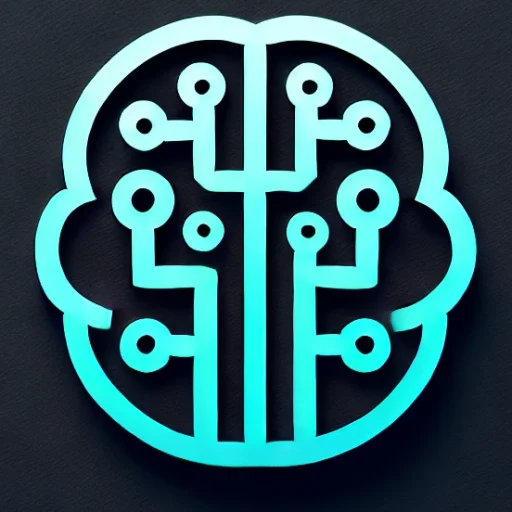Introduction
In recent years, the field of artificial intelligence has experienced remarkable growth, with generative AI emerging as one of the most transformative forces in technology and business. Leveraging cutting-edge algorithms and powerful computational capabilities, generative AI is redefining how we create, innovate, and solve complex problems. This blog explores the latest advancements in generative AI, its profound impact across various industries, and the challenges that lie ahead.
Key Insights & Latest Advancements
Generative AI refers to a category of artificial intelligence models designed to generate new content, from text to images, music, and even code. Driven by advancements in deep learning and neural networks, these models can synthesize information and produce outcomes that closely mimic real human creations. The introduction of models like OpenAI’s GPT-4 and Google’s BERT has led to significant progress in natural language processing, enabling machines to understand and generate human-like text with remarkable accuracy.
One of the most significant advancements has been the development of diffusion models, which have revolutionized the creation of high-resolution images and videos. These models can seamlessly generate hyper-realistic content, broadening the scope of creative applications in digital art, entertainment, and advertising.
Real-World Applications
Generative AI is already making waves across various sectors:
-
Content Creation: Journalists, marketers, and content creators leverage AI tools like Jasper and CopyAI to automate the writing process, creating tailored content at scale.
-
Healthcare: AI-driven models assist in drug discovery, accelerating the identification of potential compounds by simulating molecular interactions.
-
Design and Fashion: AI tools generate innovative designs and patterns, allowing designers to explore new creative paradigms and enhance product development.
-
Gaming: Procedural content generation in video games creates expansive and varied environments, enhancing the player experience without overwhelming human developers.
Challenges & Future Outlook
Despite its potential, generative AI faces several challenges. Ethical concerns around deepfakes and misinformation highlight the need for robust content verification systems. Intellectual property rights remain a gray area, as AI models generate content based on existing data.
Moreover, the computational demands of sophisticated AI models necessitate significant investments in infrastructure and energy, raising questions about sustainability and accessibility.
Looking forward, the integration of generative AI into mainstream processes will require balanced frameworks that address these concerns. Collaboration between policymakers, technologists, and ethicists is essential to harness AI’s potential responsibly.
Conclusion
Generative AI is undeniably reshaping industries, offering unprecedented opportunities for innovation and efficiency. As we stand on the brink of this new technological frontier, it is crucial to navigate its challenges thoughtfully to ensure a future where AI and humanity thrive together. By fostering ethical AI practices and continued research, we can unlock the full potential of generative AI, paving the way for endless possibilities in creativity and productivity.
